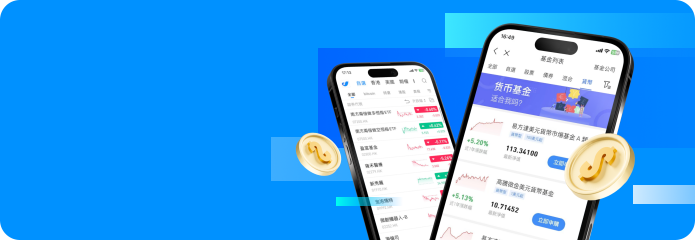On the afternoon of 14 July, Hong Kong’s innovative-drug shares staged a sudden, high-volume rally. Boan Biotech (06955.HK) surged more than 16 % intraday, while Hengrui Medicine (01276.HK) jumped as much as 8 %, propelling the Hang Seng Biotech Index to a new year-to-date peak. Since the start of 2025, the index has climbed roughly 61.8 %, and the Hong Kong Innovative-Drug Theme Index is up more than 60 % over the same period, making the sector one of the best performers of the year. Investors’ simultaneous response to policy catalysts and earnings inflection points has turned innovative drugs into the market’s brightest focus.
Today’s Market Performance: Intraday Spike Sets Another YTD High
During the afternoon session, the Hang Seng Biotech Index pushed higher, extending its year-to-date gain to almost 62 % and handily outperforming the broader market. Star of the day was Boan Biotech (06955.HK), whose rally widened to about 15 % as turnover spiked, lifting overall sentiment. Close behind, Hengrui Medicine (01276.HK) rose more than 9 % at its peak, with both share price and market value setting record highs.
Boan Biotech’s popularity stems, first, from the U.S. FDA’s IND clearance for its CD228-targeted ADC and several biosimilars approaching the filing stage, significantly raising expectations for a cash-flow inflection; second, Boan is among the few HK-listed pre-revenue biotech names (Chapter 18A) that have already swung to full-year profit, giving its valuation downside protection. The alignment of policy and fundamentals turned Boan into a “weather-vane” stock, drawing fresh positions from quant funds and southbound investors alike.
Leadership Map of Innovative-Drug Plays
By market capitalisation, Hengrui Medicine, BeiGene, Hansoh Pharmaceutical, Innovent Biologics, Sino Biopharm, WuXi Biologics and Akeso form Hong Kong’s first tier of innovative-drug names, with a combined value approaching HK$1.4 trillion. The list reflects not only current industry structure but also investors’ premium for “robust pipelines plus global reach.”

(Data source: real-time Hong Kong market)
Hengrui Medicine has spent years building depth in oncology and anaesthesia, bringing 13 innovative drugs to market. Its KRAS-G12C inhibitor SHR-A1904 has entered a Phase II global multicentre trial and is viewed as a potential breakout for China-originated molecules abroad. Citi’s latest report assigns a HK$134 target price and makes Hengrui its “top sector pick.” Against a backdrop of surging flows into innovative-drug ETFs, Hengrui’s solid cash generation and rich pipeline position it as a quintessential long-only holding.
Boan Biotech presents a contrasting model of “small cap, high growth.” Under parent Lupin Pharmaceutical Group and powered by the BA-HIEXcell® platform, it is advancing bispecifics, ADCs and GLP-1 assets at speed. After its self-developed PD-1 antibody Boyounuo gained commercial traction, the company swung to profit last year and delivered further rapid growth in 1H 2025. Shares have repeatedly pierced the HK$100 billion-cap threshold, underscoring confidence in its “zero-to-one” commercial execution.
Triple Growth Engines: Policy, Partnerships and Capital
Policy. On 11 July, China’s National Healthcare Security Administration kicked off the 2025 adjustment linking the national reimbursement list with commercial-insurance drug catalogues, bringing commercial insurers into the payment ecosystem for the first time. High-priced innovative therapies not yet included in national coverage can thus ramp sales through insurance earlier, lifting pricing power and addressable market.
Partnerships. Global pharma’s appetite for Chinese biotech remains strong. In 1H 2025 alone, Hengrui-Eli Lilly, Akeso-Summit and Hansoh-Merck struck nine-digit-USD licensing deals. “Low-cost R&D plus global license-out” is emerging as China’s fast track to the world. The Financial Times, citing investment-bank data, says milestone payments secured by leading Chinese biotech firms are up more than 50 % year on year.
Capital. The funding picture shows a “dual engine” of thematic ETFs and southbound Stock Connect flows. Innovative-drug ETFs have seen net inflows topping HK$12 billion this year, while southbound investors have raised healthcare weights to a three-year high. With valuations near cyclical lows and earnings catalysts ahead, the sector stands out as a rare track that offers both defense and offense amid heightened external uncertainty.



